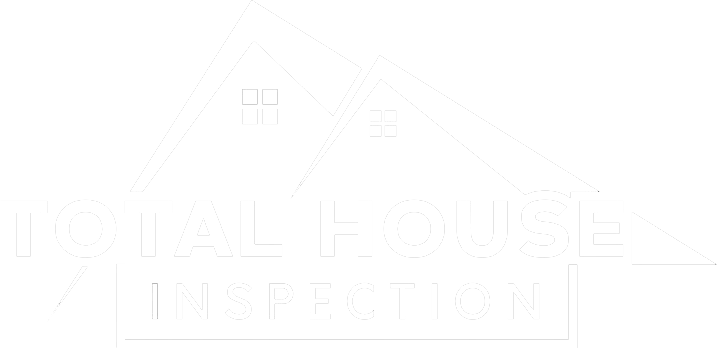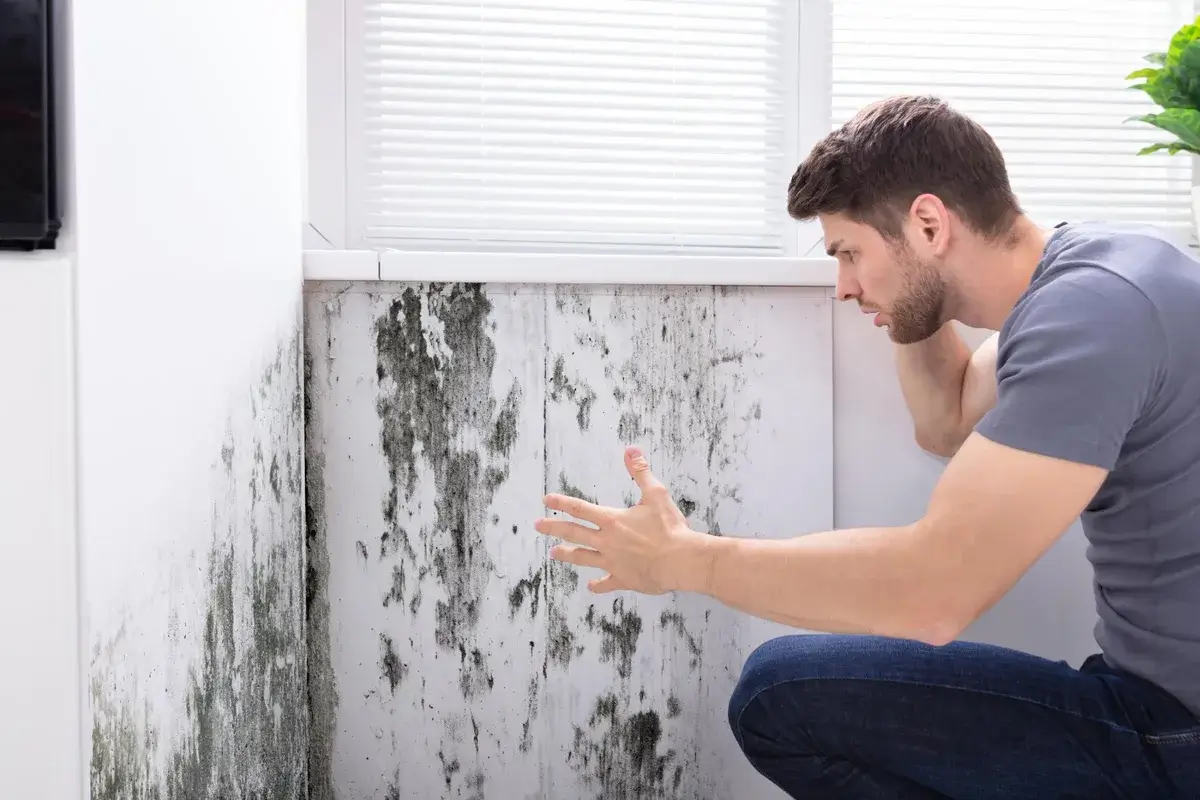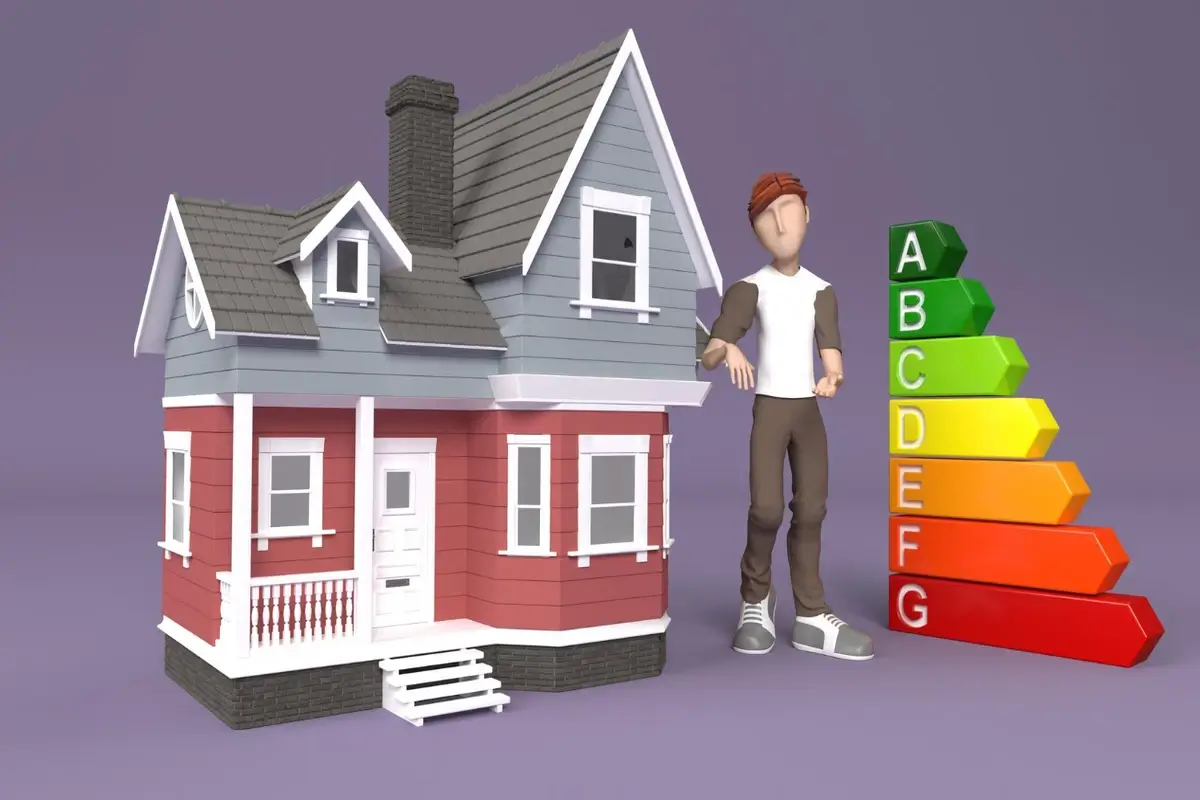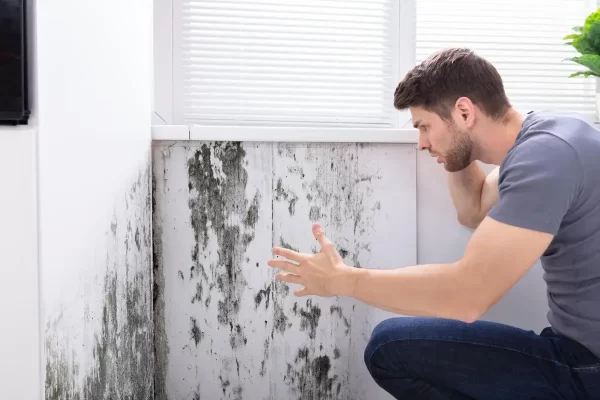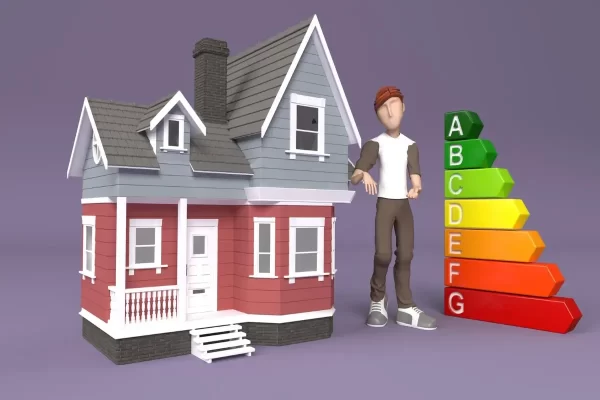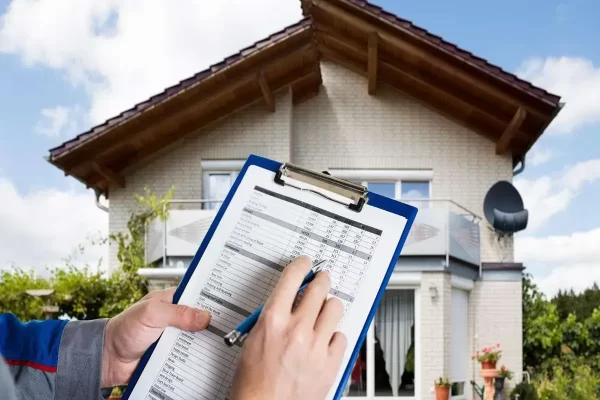The excitement of acquiring a new home is always exciting. But before you finalize the deal, one crucial step stands between you and your new home: the home inspection. It helps you make a more informed buying decision. When inspecting a home, an inspector will cover everything from roof to floor and evaluate what could be problematic.
But what are the most common home inspection findings? What do you do if you encounter them? In this blog, we answer these questions. So, let’s begin.
Roofing Problems
Roofing issues often pop up in home inspection findings. In the recent past, the National Association of Home Inspectors (NAHI) noted that roofs attract the most inspections. Some of the issues to look out for include; Blown off or missing shingles, leakages, and alternatively, wrong installation. Let’s see how you can address them.
Minor Issues
A roofing contractor can fix a few missing shingles here or there or a few small leaks for relatively cheap.
Major Issues
If the structure of the roof is deteriorated or weak, significantly damaged, or has exhausted its life (asphalt shingles have a useful life of 20-25 years), it may be necessary to replace the roof. If you are a buyer, you should ask the seller to either lower the cost of the house or let them deal with a replacement.
Electrical Problems
Deficiencies in the electrical system are common home inspection findings. Some of the problems identified include poor wiring, antique panels, and unsafe outlets. The US Fire Administration reports that electrical malfunctions are the cause of about fifty thousand home fires and over one billion dollars in property damages annually. Here’s how you can address them.
Simple Fixes
If the problem is similar to loose outlets or exposed wires, then you may handle them on your own. But always remember to talk to a licensed electrician for safety precautions.
Major Overhaul
If the panel is old and or the wiring inadequate, then rewiring could be necessary to bring in the new electrical system. This can be expensive, but it’s critical to your safety and well-being.
Plumbing Issues
Plumbing problems also figure prominently in home inspection findings. These include; dripping pipes, slow water flow, choked drains, and visible signs of water seepage. In fact, research conducted by the National Association of Realtors established that plumbing problems are among the most common issues faced by homeowners. Let’s see how you can resolve them.
Minor Leaks
Small leaks are sometimes fixed by a plumber by patching up the affected area. With a minor repair you can change a worn out seal or fix a dripping tap.
Serious Issues
If the plumbing system of your house is old,it might be rusty or clogged. It will require a plumber to come and recommend replacing sections of the pipes. It is especially important to change them early because plumbing issues become progressively more complicated.
Foundation Issues
Foundation problems are often among the most concerning home inspection findings. These can literally span from simple hairline cracks in the wall to serious shifts or settlements. The National Association of Home Inspectors estimates that one in every four inspected homes will have some form of foundation problem. Here’s how you can address foundation problems.
Small Cracks
Small cracks in the foundation or walls of a building are not likely to be big issues but should be checked frequently for worsening. One simple repair that perhaps you can also do is sealing the gaps.
Severe Settling
If the foundation has bigger problems, including the common problem of settling or large cracks, the building requires foundation repair. This is a massive project that can be expensive; however, it is something that you must not ignore.
HVAC System Problems
A major component of our homes’ comfort comes from the heating, ventilation, and air conditioning system, abbreviated as HVAC. Home inspectors will examine the age of the system, its operational capacity, and how clean it is. A typical problem is when the ductwork is dirty, the thermostat is damaged, or the unit is old, and an upgrade might be due. Here’s how you can deal with it.
Dirty Components
Changing of filters, ducts, and vents are simple and cost effective solutions. Maintenance is a way through which your HVAC system can work effectively without the need of frequent service.
Aging System
You may have to replace the system entirely if the system is old (generally, if it is more than 15 years old it should be replaced). This may prove rather expensive; then again, it guarantees that the system is running optimally, and further breakdowns will also be eliminated.
Insulation And Ventilation
Another factor that routinely finds its way among the most common home inspection findings is insulation and ventilation. If it is in good shape, the home temperature will remain comfortable. Better air circulation will also discourage mold growth. Here is what you can do about it.
Improving Insulation
Insulation of attics, basement or exterior walls are known to have lasting impacts on the energy efficiency of houses, and can thus reduce the cost associated with heating or cooling. This solution is fairly basic and inexpensive to implement as well.
Fixing Ventilation Problems
Complying with the flow requires adding more vents or exhaust fans to the building since they control the flow of fresh air both to and from the building, particularly in areas that are keen on moisture or humidity for instance, bathrooms and kitchens.
Water Damage And Mold
Water damage and mold are among the home inspection findings caused by leaking pipes, roof issues, or poor ventilation. Mold growth can cause health complications primarily to people having allergies or respiratory diseases.
Addressing Leaks
First of all, identify and close the source of water leakages. It could be due to a pipe burst, roof leakage or bad drainage. Once the source is found, proceed to repair the damage done by it.
Removing Mold
If mold exists, it is recommended to eradicate it properly. In most cases, the correct way to handle it is to call a professional mold removal service, if the mold infestation is out of hand. By improving insulation and fixing leaks you can also prevent its further growth.
Pest Infestations
From termites to rodents, the pests invade the home and are often found during the inspection. The National Pest Management Association (NPMA) reveals termites alone are believed to be responsible for more than $5 billion in damages to homes across the United States every year. Here’s what you can do about them.
Minor Pests
If there are ants or any rodents around, then they can be best addressed by the help of a pest control company. It will also be necessary to close entry points that the pests might be using to get inside.
Termite Damage
When termites are found they may require eradication within the home as well as fixing the affected structures. Hire a professional company to deal with them effectively.
Conclusion
While discovering common home inspection findings might initially seem overwhelming, most of these issues are fixable. There are few issues in a home that if solved as soon as possible will help in minimising the risks of damaging the property and promote health and comfort.
Buyers should always remember that a good inspection enables them to bargain with the seller on price or ask the seller to rectify the problems. By staying informed and proactive about potential home inspection findings, you’ll be better equipped to handle any challenge that comes your way.
Why risk your new home, contact Total House Inspection for that professional and accurate home inspection now. Our professional staff will give a comprehensive report with recommendations to make right decisions.
So, if you are the buyer, the seller, a property manager, or anyone in between, we have you covered. Book your inspection today with Total House Inspection to be sure your house is as good as it can be.
